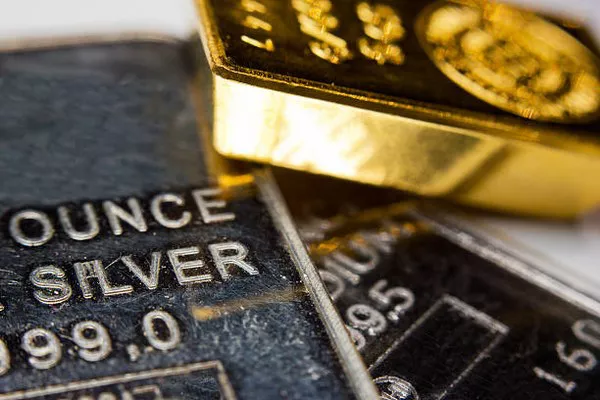Gold has long been regarded as a valuable asset, prized for its intrinsic beauty and as a hedge against economic uncertainty. For investors looking to capitalize on potential price fluctuations, timing can be crucial. One question that often arises is: what is the cheapest month to buy gold? While predicting the precise timing of market movements is challenging, historical trends and seasonal patterns can offer valuable insights for investors seeking to optimize their gold purchasing strategies.
Understanding Seasonal Trends
Like many commodities, gold prices can be influenced by seasonal factors and market dynamics. Understanding these patterns can help investors identify potential buying opportunities and make informed decisions. While there are no guarantees when it comes to market timing, analyzing historical data can provide valuable context for investors.
Historical Price Patterns
Historical data reveals that gold prices exhibit certain seasonal trends, with prices often experiencing fluctuations at different times of the year. While these patterns are not foolproof indicators of future price movements, they can provide valuable insights for investors seeking to time their purchases strategically.
Factors Influencing Gold Prices
Before delving into seasonal trends, it’s essential to understand the factors that drive gold prices. Several key factors can influence the price of gold, including:
1. Economic Data
Economic indicators such as GDP growth, inflation rates, and unemployment figures can impact investor sentiment and, consequently, gold prices. Weak economic data may lead investors to seek safe-haven assets like gold, driving prices higher.
2. Geopolitical Events
Geopolitical tensions, conflicts, and other global events can create uncertainty in the financial markets, leading investors to flock to safe-haven assets like gold. Political instability, trade disputes, and military conflicts can all influence gold prices.
3. Monetary Policy
Central bank policies, particularly those related to interest rates and monetary stimulus measures, can have a significant impact on gold prices. Lower interest rates and expansionary monetary policies tend to be supportive of gold prices, as they reduce the opportunity cost of holding non-yielding assets like gold.
Seasonal Trends in Gold Prices
While gold prices can be influenced by a wide range of factors, historical data suggests that certain months may offer better buying opportunities than others. Several factors contribute to seasonal trends in gold prices, including demand patterns, production cycles, and market sentiment.
1. Summer Doldrums
Historically, the summer months, particularly June and July, have been characterized by lower trading volumes and subdued price movements in the gold market. This period, often referred to as the “summer doldrums,” can present buying opportunities for investors looking to accumulate gold at lower prices.
2. September Surge
Conversely, September has historically been a strong month for gold prices, with prices often experiencing an uptick in volatility and trading activity. Factors such as increased jewelry demand ahead of the holiday season, heightened geopolitical tensions, and seasonal buying from India, the world’s largest gold consumer, can contribute to this September surge.
3. End-of-Year Rally
The final months of the year, particularly November and December, have historically been favorable for gold prices. End-of-year buying from investors looking to rebalance their portfolios and hedge against market volatility can drive prices higher during this period.
4. January Effect
The “January effect” refers to the tendency for asset prices, including gold, to experience a rebound in January following year-end selling pressure. Investors may sell assets for tax purposes or to realize capital gains before the end of the year, leading to temporary price declines. This selling pressure often subsides in January, leading to a potential price rebound.
Conclusion
While there is no foolproof method for timing the market, understanding seasonal trends and historical patterns can provide valuable insights for investors looking to buy gold. By analyzing historical data and considering the various factors that influence gold prices, investors can identify potential buying opportunities and make informed decisions. Whether it’s taking advantage of the summer doldrums, capitalizing on the September surge, or participating in the end-of-year rally, investors can leverage seasonal trends to optimize their gold purchasing strategies.
It’s important to remember that investing in gold carries inherent risks, and prices can be influenced by a wide range of factors beyond seasonal trends. Diversification, risk management, and a long-term investment horizon are key principles to consider when investing in gold or any other asset class. By staying informed and disciplined, investors can navigate the complexities of the gold market and position themselves for long-term success.


